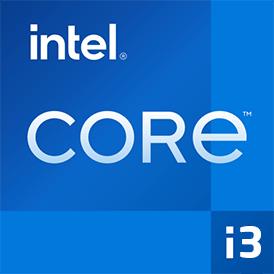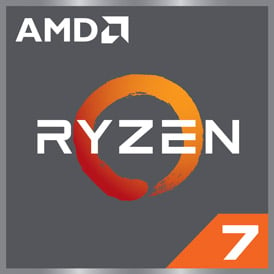 Geekbench 3, 64bit (Multi-Core)
Geekbench 3, 64bit (Multi-Core)
|
|
AMD Ryzen 7 1800X
8C 16T @ 3.6 GHz
|
30932
|
|
|
Intel Core i3-4030Y
2C 4T @ 1.6 GHz
|
3389
|
 Estimated results for PassMark CPU Mark
Estimated results for PassMark CPU Mark
|
|
AMD Ryzen 7 1800X
8C 16T @ 3.6 GHz
|
16325
|
|
|
Intel Core i3-4030Y
2C 4T @ 1.6 GHz
|
1649
|
 Geekbench 5, 64bit (Multi-Core)
Geekbench 5, 64bit (Multi-Core)
|
|
AMD Ryzen 7 1800X
8C 16T @ 3.6 GHz
|
6344
|
|
|
Intel Core i3-4030Y
2C 4T @ 1.6 GHz
|
914
|
 Geekbench 3, 64bit (Single-Core)
Geekbench 3, 64bit (Single-Core)
|
|
AMD Ryzen 7 1800X
8C 16T @ 3.6 GHz
|
4356
|
|
|
Intel Core i3-4030Y
2C 4T @ 1.6 GHz
|
1682
|
 Geekbench 5, 64bit (Single-Core)
Geekbench 5, 64bit (Single-Core)
|
|
AMD Ryzen 7 1800X
8C 16T @ 3.6 GHz
|
932
|
|
|
Intel Core i3-4030Y
2C 4T @ 1.6 GHz
|
372
|

